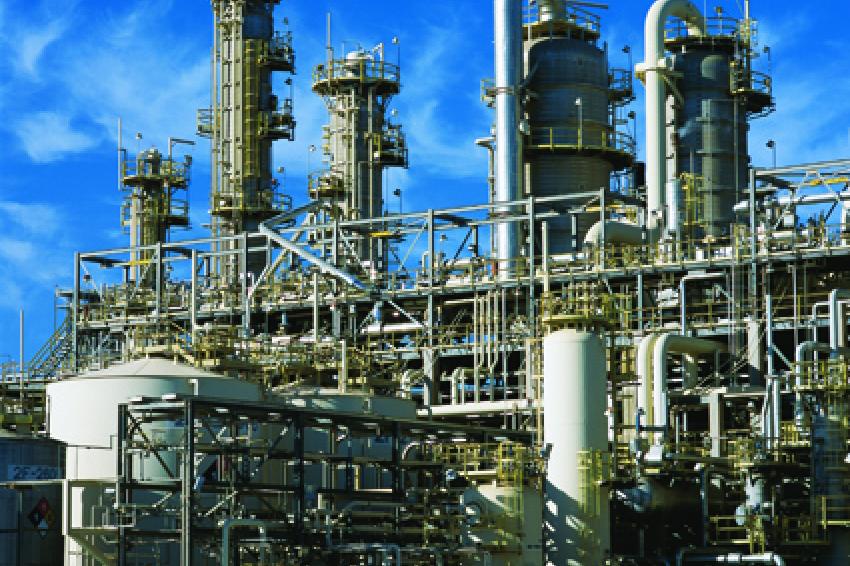
Introduction: The coal chemical industry plays a pivotal role in various sectors, encompassing energy production, manufacturing, and chemical synthesis. This article aims to provide a comprehensive understanding of the coal chemical industry, highlighting its processes, applications, environmental concerns, and the evolving landscape in a world transitioning towards cleaner energy sources.
I. What is the Coal Chemical Industry? A. Definition and Scope:
- The coal chemical industry involves the utilization of coal as a raw material for the production of various chemicals, fuels, and energy.
- It encompasses processes such as coal classification, coal liquefaction, coal-to-chemicals, and coal-to-liquid (CT) technologies.
B. Key Processes:
- Coal Classification:to air pollution and greenhouse gas emissions, highlighting the need for transition towards cleaner energy sources. While the coal chemical industry has traditionally relied on coal as a primary raw material, advancements in technology and increasing environmental concerns are driving the industry towards more sustainable practices.
-
- Coal classification involves converting coal into synthetic gas (syn gas), which is a mixture of carbon monoxide, hydrogen, and other gases.
- Syn gas can be further processed to produce chemicals, fertilizers, or used as fuel for power generation.
- Coal Liquefaction:
-
- To mitigate the environmental impact, the industry is investing in research and development to improve efficiency, develop carbon capture and storage (KS) technologies, and explore alternative feed stocks. Additionally, stricter regulations and air quality standards are pushing for the adoption of cleaner technologies within the industry.Coal liquefaction is the process of converting coal into liquid hydrocarbon fuels.
- It can be achieved through direct coal liquefaction (DC) or indirect coal liquefaction (CL) technologies.
- Coal-to-Chemicals:

-
- Furthermore, the global transition towards renewable energy sources and the growing emphasis on sustainability are gradually reducing the reliance on coal-based chemical processes. Governments, industries, and stakeholders are actively promoting the use of renewable energy and encouraging the development of greener alternatives, thereby accelerating the shift towards a cleaner and more sustainable future.Coal-to-chemicals refers to the conversion of coal into various chemicals and chemical intermediates, such as methanol, ammonia, and synthetic polymers.
- These chemicals serve as raw materials for the production of plastics, fertilizers, pharmaceuticals, and other products.
- Coal-to-Liquid (CT):
-
- In conclusion, while the coal chemical industry has been vital for energy production and the manufacturing sector, it faces environmental challenges that necessitate a transition towards cleaner energy sources and sustainable practices. As the world continues to evolve, the industry must adapt, innovate, and collaborate to minimize its environmental footprint and contribute to a greener, more sustainable future technology converts coal into liquid hydrocarbon fuels, including gasoline, diesel, and jet fuel.
- This process offers an alternative to conventional petroleum refining, utilizing coal reserves as a source of liquid fuels.
II. Applications and Importance of the Coal Chemical Industry: A. Energy Production:
- The coal chemical industry contributes to energy production through coal-based power generation, which remains a significant source of electricity in many regions.
- Advanced coal classification technologies also enable the production of cleaner power with reduced emissions.
B. Manufacturing:
- The industry provides essential raw materials for the manufacturing of various products, including plastics, fertilizers, synthetic fibers, and pharmaceuticals.
- Coal-based chemicals serve as feed stocks for numerous industries, fostering economic development and job creation.
C. Alternative to Petroleum:
- The coal chemical industry offers an alternative to petroleum-based products, reducing dependence on fossil fuels.
- CT and coal-to-chemicals technologies enable the production of liquid fuels and chemicals from coal reserves, ensuring energy security.
III. Environmental Concerns and Transitioning Towards Clean Energy: A. Emissions and Air Pollution:
- The coal chemical industry is associated with significant emissions of greenhouse gases, particulate matter, sulfur dioxide, and nitrogen oxides.
- These emissions contribute to air pollution, climate change, and adverse health effects.
B. Environmental Regulations and Clean Energy Transition:
- Environmental regulations, such as emission controls and stricter air quality standards, have prompted the industry to adopt cleaner technologies.
- The transition towards renewable energy sources and cleaner alternatives is reducing the reliance on coal-based chemical processes.
C. Research and Development:
- Ongoing research focuses on improving the efficiency of coal-based processes, developing carbon capture and storage (KS) technologies, and exploring alternative feed stocks.
- Investments in clean energy technologies and sustainable practices aim to minimize the environmental impact of the coal chemical industry.
Conclusion: The coal chemical industry plays a crucial role in energy production, manufacturing, and the production of various chemicals and fuels. However, its environmental impact

